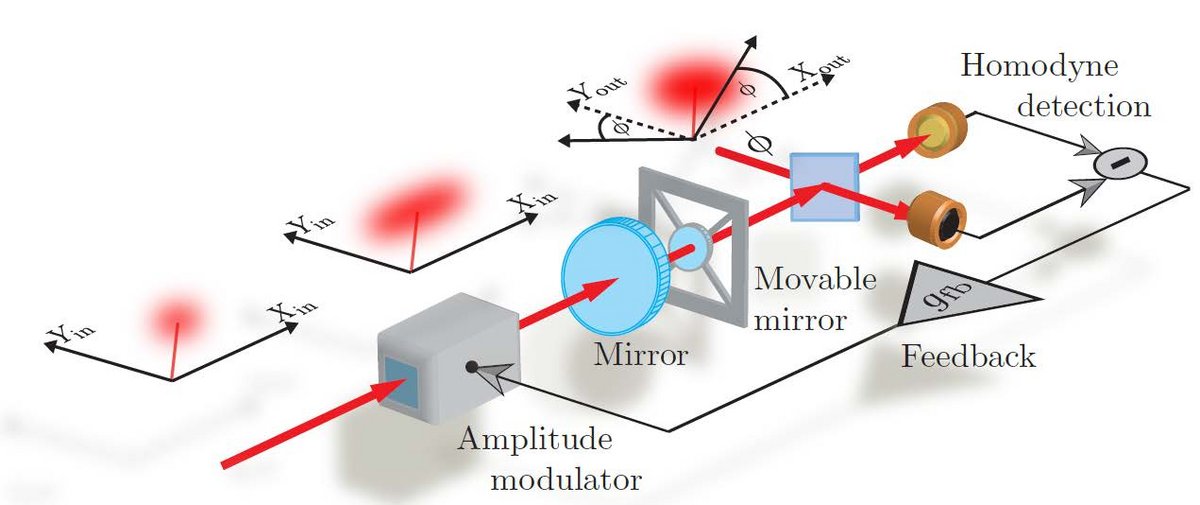SFB 767 Seminar: Feedback-Controlled Light and Exceptional Points in Optomechanics
Wann
Mittwoch, 3. Juli 2019
13:30 bis 15 Uhr
Wo
P 912
Veranstaltet von
E. Weig, 3770 / W. Belzig, 4782
Vortragende Person/Vortragende Personen:
Dr. Nenad Kralj, Yale University, USA
Optomechanics has shown great potentiality in preparing and controlling quantum states of both light and macroscopic mechanical resonators, and thus testing the limits of quantum mechanics. With this in mind, the first part of my talk will focus on how a phase-sensitive closed-loop control scheme, which tailors the fluctuations of the pump field driving an optomechanical system, can be engineered to facilitate reaching the regime of quantumcoherent coupling between the system’s constituents [1-3]. Specifically, it was experimentally shown that, at room temperature, operating in the anti-squashing regime of positive feedback and increased field fluctuations, sideband cooling of a nanomechanical membrane within an optical cavity is improved by an order of magnitude with respect to the case without feedback. Conversely, it is theoretically predicted that close to the quantum regime of reduced thermal noise, the scheme would allow using squashed light to go well below the quantum backaction cooling limit, by a margin even larger than that achievable by injecting squeezed light.
The second part of the talk concerns the occurrence of exceptional points (EPs) in optomechanical systems. In particular, I will explain how a system of two (non-)degenerate vibrational modes of a membrane which is part of a MIM setup can be brought to an EP, and how executing a closed loop around this point in parameter space can lead to a nonreciprocal, topological energy transfer [4]. I will finally describe efforts to study an EP of three membrane modes, and the structure surrounding it, where any two of the three modes are degenerate. The latter structure is predicted to form a trefoil knot and would supposedly add to the richness of observable phenomena, being that the control loop would be able to not only enclose the EP (or not), but intersect the knot in different ways.
References
[1] M. Rossi, N. Kralj, S. Zippilli, R. Natali, A. Borrielli, G. Pandraud, E. Serra, G. Di Giuseppe, and D. Vitali, Phys. Rev. Lett. 119, 123603 (2017).
[2] N. Kralj, M. Rossi, S. Zippilli, R. Natali, A. Borrielli, G. Pandraud, E. Serra, G. Di Giuseppe, and D. Vitali, Quantum Sci. Technol. 2, 034014 (2017).
[3] M. Rossi, N. Kralj, S. Zippilli, R. Natali, A. Borrielli, G. Pandraud, E. Serra, G. Di Giuseppe, and D. Vitali, Phys. Rev. Lett. 120, 073601 (2018).
[4] H. Xu, D. Mason, L. Jiang and J. G. E. Harris, Nature 537, 80-83 (2016).

